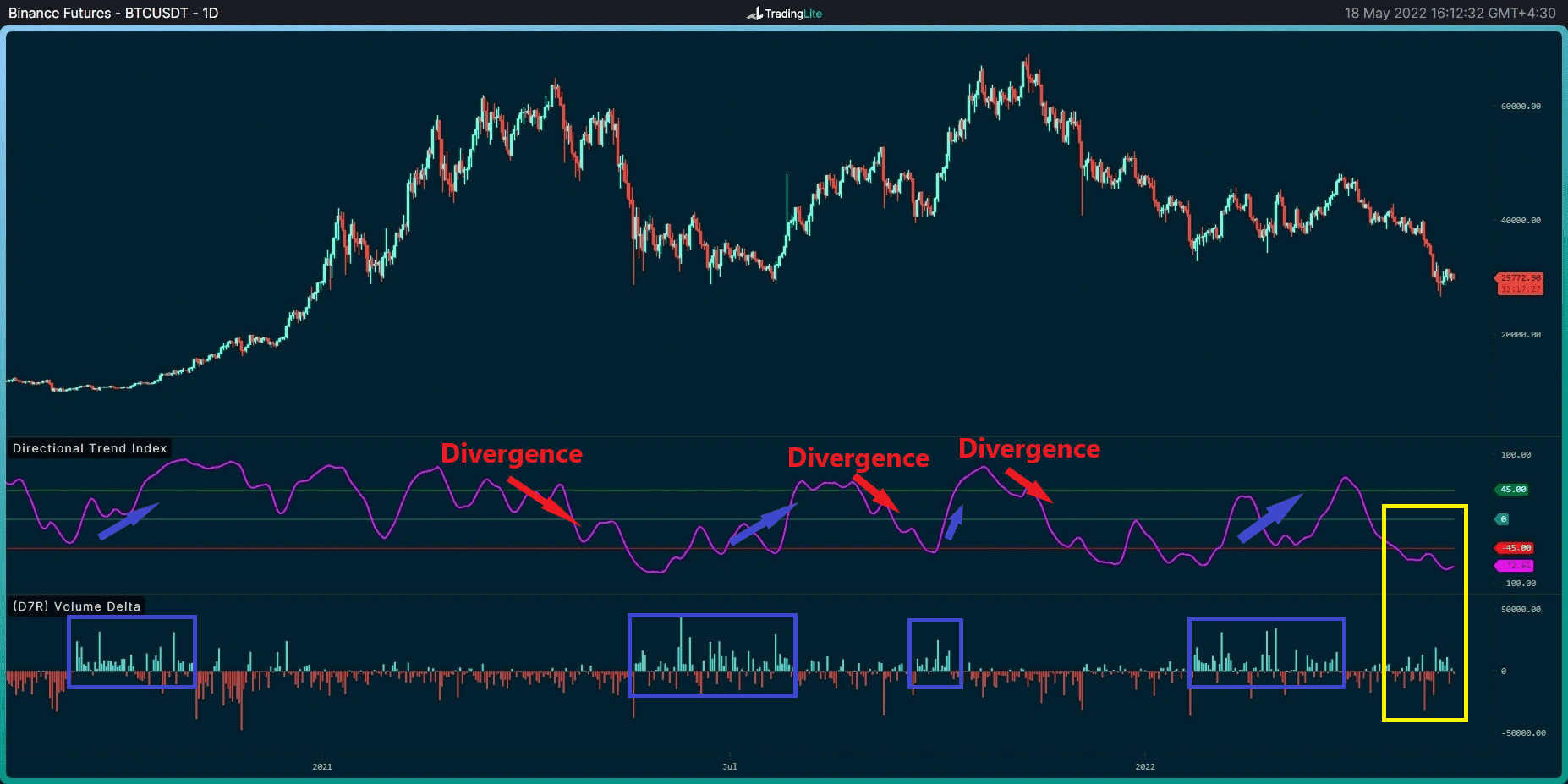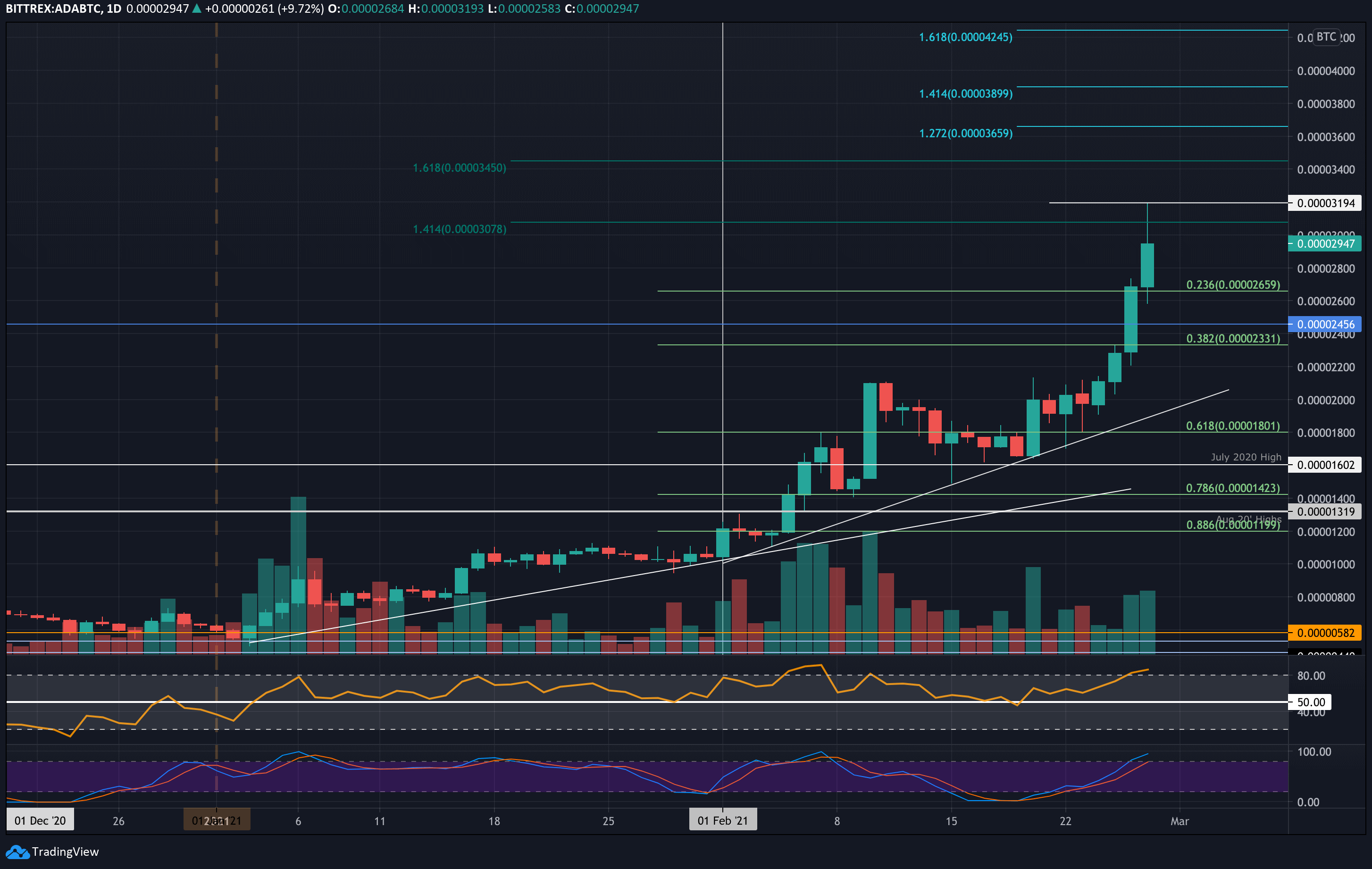
Bitcoin’s price has experienced a period of high volatility over the past week, with its first significant geopolitical crisis impacting its performance. While the macroeconomic uncertainty persists, the asset has made an unexpected bounce back from the $34K level, driven by strong buying activity from FTX and Bitfinex exchanges, pushing Bitcoin to $40K. This movement aligns with a broader market trend, as Wall Street also experienced a major rebound on Thursday, with the Nasdaq surging 7% intraday.
The combination of ongoing market fear and positive price momentum has created a trading range between $34K and $40K for Bitcoin.
Bitcoin is now confronting an unprecedented challenge in its relatively short history: a geopolitical crisis. The ongoing Russia-Ukraine conflict has ignited massive fear across global markets, leading to sharp declines, especially on Thursday morning (EU time).
Bitcoin’s price even dipped below the $36K level for a few hours, but it swiftly recovered, surprising many market participants. The primary buying pressure seems to have come from major players, particularly on Bitfinex, which pushed Bitcoin above $36K, and even higher to challenge the $40K resistance level. However, it struggled to move past $40K, ultimately closing with a bullish daily candle but with long wicks on both sides, indicating uncertainty.
At this point, the $40K resistance and the 50-day moving average now stand as key hurdles for Bitcoin’s price. If Bitcoin manages to break these levels, the next major target is the $46K region, which aligns with the 100-day moving average. Alternatively, if Bitcoin faces rejection at these levels, a retest of the $36K support would be likely.
After Bitcoin reached a local high of $44K earlier this month (February), it encountered rejection and started a bearish retracement, which resulted in a drop in Open Interest. Last Thursday, Bitcoin’s price experienced significant volatility, causing a large number of long and short positions to be liquidated. These liquidations are necessary to stabilize the market, particularly in a high-leverage futures market.



